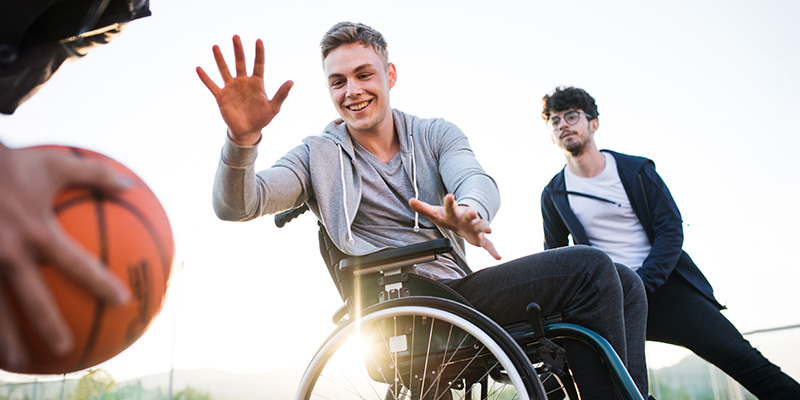Blog
Greater Mobility, Greater Freedom – The Best Assistive Devices for People with Disabilities
Mar 21, 2025

Limited mobility should not be a barrier to life; instead, assistive devices should enhance convenience and independence. With rapid advancements in technology, there are now more options than ever for mobility aids designed for people with disabilities. Whether it's a wheelchair, walker, prosthetic limb, or smart assistive device, these tools can help users navigate daily life with greater confidence and ease. Below, we introduce four main types of mobility aids to help you or your loved ones find the most suitable option.
Mobility aids are not just tools; they are essential partners in improving quality of life. Choosing the right assistive device allows individuals with disabilities to enjoy greater freedom and confidence, making daily activities and outings much easier. We hope this guide helps you find the most suitable mobility aid and embrace a more fulfilling and independent future.
1. Wheelchairs – A Stable and Comfortable Mobility Companion
Wheelchairs are among the most common mobility aids, available in both manual and electric models. Manual wheelchairs are lightweight, easy to store, and ideal for short-distance movement, while electric wheelchairs are more suitable for long-distance travel, requiring less effort and offering simple operation. Modern wheelchairs focus on comfort and smart design, enhancing the user experience.2. Walkers and Canes – Providing Support and Balance
For individuals who retain some walking ability, walkers and canes offer additional support and stability. Walkers are ideal for those who need greater assistance, with options including four-legged walkers and wheeled walkers. Canes, on the other hand, are better suited for those with mild mobility impairments, with choices ranging from single-point canes to quad canes for added safety.3. Prosthetics and Orthotics – Restoring Mobility
Prosthetic limbs and orthotic devices help individuals who have lost limb function due to congenital conditions or injuries regain movement. Modern prosthetics incorporate biomechanics for a more natural gait and greater flexibility, while orthotic devices provide support and correct walking posture, making movement easier and more comfortable.4. Smart Assistive Devices – Technology Transforming Lives
With technological advancements, smart mobility aids have become a growing trend. These include voice-controlled wheelchairs, robotic walking assistants, and sensor-equipped smart canes, all designed to offer personalized support based on users’ needs. These innovations enhance mobility, safety, and independence, allowing users to navigate life more freely.Mobility aids are not just tools; they are essential partners in improving quality of life. Choosing the right assistive device allows individuals with disabilities to enjoy greater freedom and confidence, making daily activities and outings much easier. We hope this guide helps you find the most suitable mobility aid and embrace a more fulfilling and independent future.


